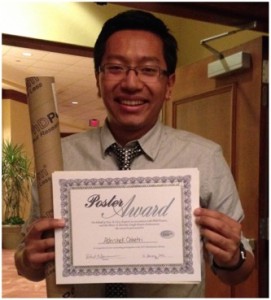A biochemistry perspective summarizing our studies on the Moco and antifungal peptidyl nucleoside biosyntheses came out as ASAP. This perspective summarizes the works mainly achieved by Brad Hover, Ph.D., and Edward Lilla (Ph.D. to be soon…!). These discoveries were made through characterization of unique C-C bond forming radical SAM enzymes. Congratulations to the two talented students!!










